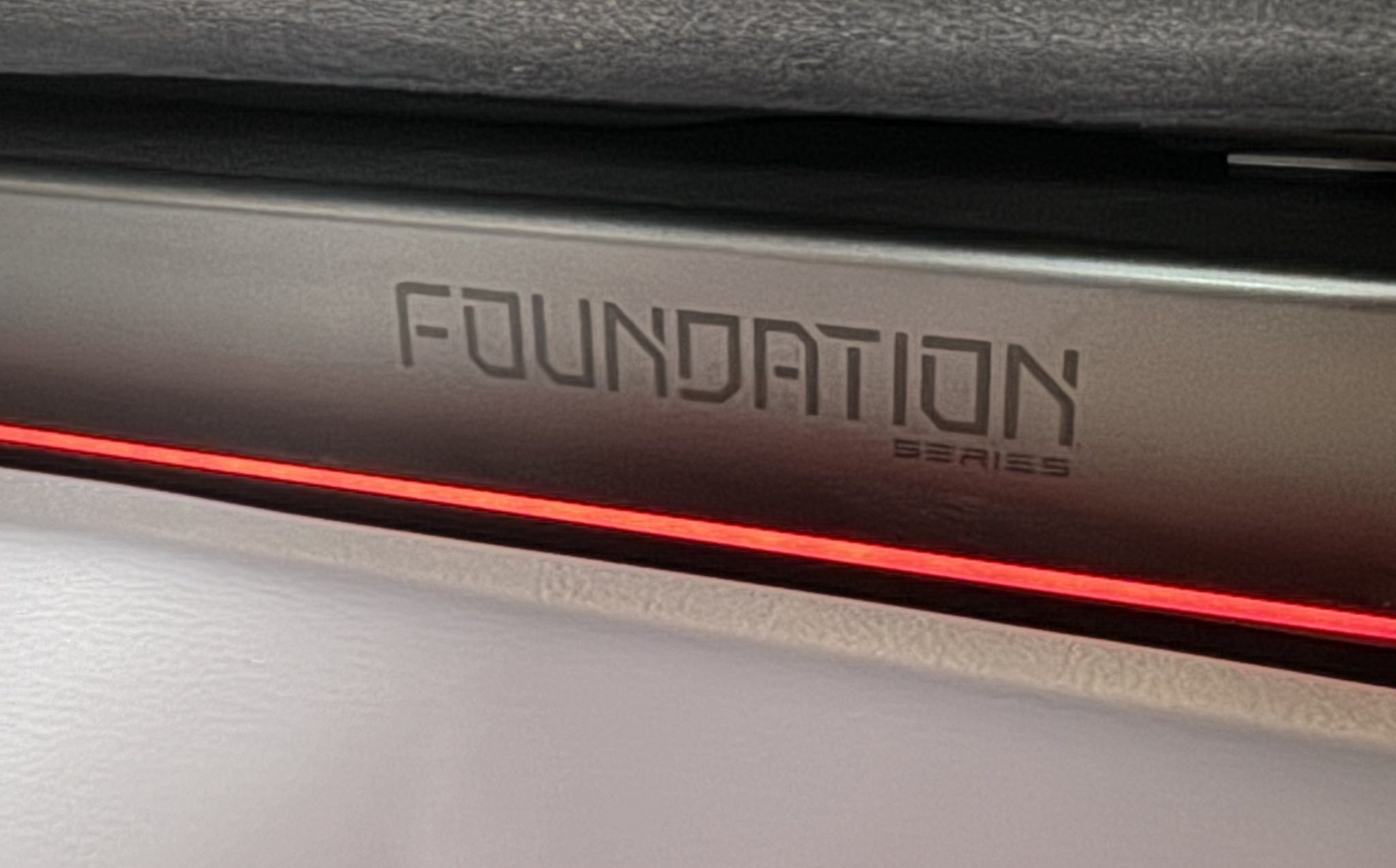our inappropriate understanding of the application of physics is garbage. That is you are using theoretical
principles and trying to infer them in an applied setting.
As and engineer, I use theoretical principles and use them to determine how they can apply to applied settings. They always work, however, there are often (usually?) things one missed when real factors come into play. Sometimes (often) those things render the theory to be irrelevant.
Sometimes, however, such as with mass and energy, one can see how limitations arise. With the old Pb-A (Lead Acid) batteries used by the Gen-1 EV1 and the T-zero (early modern EVs and direct ancestors to Tesla) you just could not add much more batteries to get more range. Diminishing returns set in. The structure/Specific Energy equations because the mass increase went out of control as you added battery. The introduction of NiMH (Nickel Metal Hydride) and Li-ion for the EV1 and T-zero respectively, were the breakthroughs because that same battery mass provided more energy.
So your thoughts on the Tesla semi? ~27k lbs, ~40k lb GVWR, ~900 kWh battery, and is a traditional body on frame.
I don't have clear thoughts, however, I do know that the Semi does not need to provide much passenger space, nor does it need to carry much mass itself. It only needs to be able to carry the trailer tongue (most likely directly over 8 wheels) and drag the mass behind it. A box trailer also tucks smoothly behind a Semi. We also don't actually know how much range it has with say, a flatbed with loads.
Like the CT and the Silverado EV though, all we have are marketing estimates and projections. I haven't seen any of the actual analyses nor has anyone done any testing on any of these final products yet.
The next couple of years are likely to be as exciting for EV trucks as the last decade was for cars.
Thanks for the Silverado brochures. I'll believe them when I see them.
After looking at how the physics showed they were feasible, I risked a lot of money helping to pave the way for the EV car. I got what I consider to be nearly the perfect car. It meets my car needs and it keeps getting better as more chargers are deployed. However, I'm not doing so again for trucks. I don't
need a truck like I do a car and our old one still meets our needs. I'm just watching and trying to provide balance to the trolls who, like with the EV car, are trying to derail it in its infancy by spreading FUD and lies which can't yet be refuted with any authority. If that Silverado EV actually gets 450 miles unloaded, I'll be impressed and interested. Given that they seem to have made it also very aerodynamic (based on the photos), possibly more than the CT, it will be interesting to see what kind of range it gets with cargo protruding out of the back or towing a less-than-aerodynamic trailer. I also don't like the fairings at the leading edge of the bed (like the CT, Ridgeline, Avalanche, and Escalade EXT) since I often find myself loading, unloading, tying down, and adjusting from the sides of pickups. If we do wind up with an EV truck, it may require a compromise on our preferences. Therefore, I'll probably wait until we really know more of the real options.







